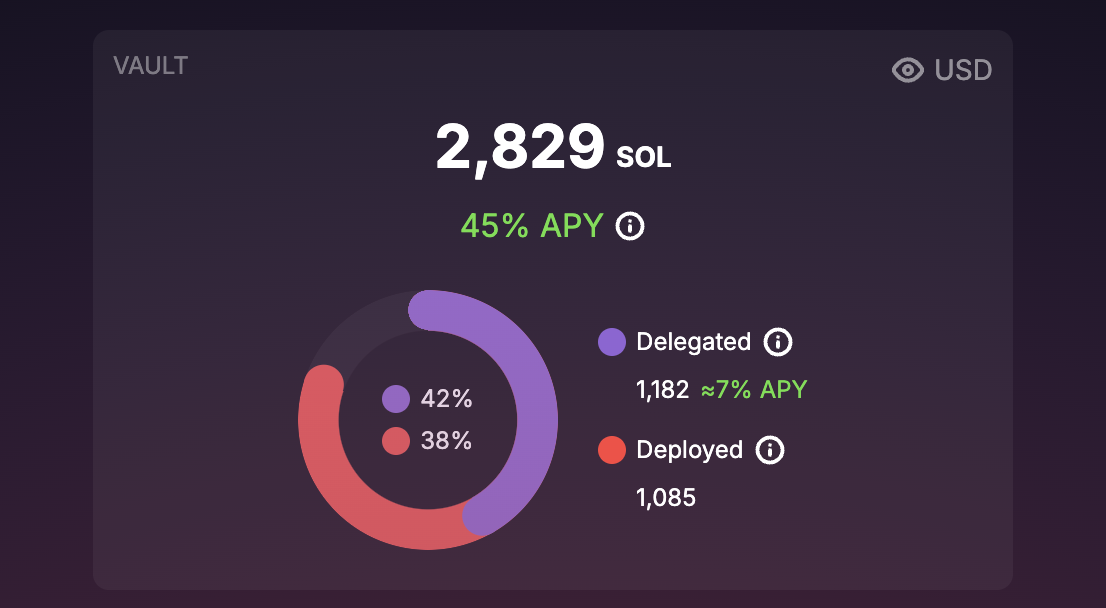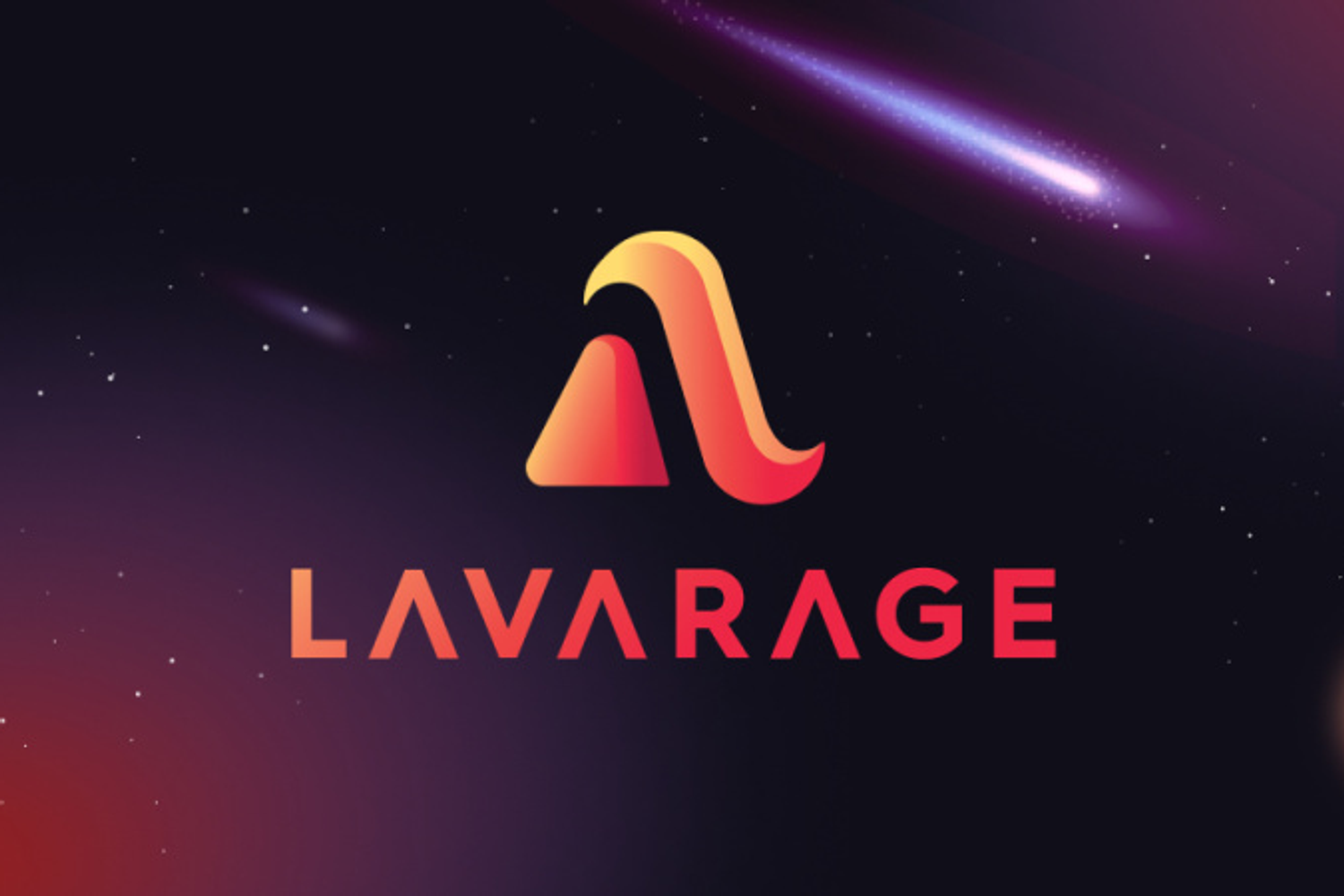The Truth Behind Lavarage’s High-Yield Staking Vault
Lavarage’s vault promises over 40% APY on staked SOL. Where is the yield coming from?
With market prospects looking positive heading into Q4, memecoin traders and DeFi users across Solana are actively searching for the best sources of yield generation. In their quest for the best yield, many network participants are turning to Lavarage, a margin-trading platform promising over 40% APY on staked SOL.
Given most Solana LSTs (Liquid Staking Tokens) offer around typically offer around 7-8% APY, Lavarage’s alleged 40% appears too good to be true.
What’s driving Lavarage’s high-yield vault and is 40% APY truly sustainable?
How Does Lavarage Deliver +40% APY?
Lavarage’s staking vault functions similarly to most LSTs. DeFi users can deposit $SOL into the vault in exchange for a corresponding amount of $lstSOL, a liquid asset whose value increases as the vault generates yield.
Deposited SOL is separated into two different yield-generation strategies. According to Lavarage documentation, the majority of deposits are delegated to network validators to earn staking rewards and secure the Solana network.

Meanwhile, the remaining funds are used to provide liquidity on Lavarage’s onchain margin trading markets. In exchange for providing much-needed liquidity, the vault earns revenue through trading and liquidation fees accrued via the Lavarage trading platform.
As anyone familiar with the meme economy will tell you, memecoins are volatile assets prone to abrupt and dramatic price swings. This high-risk, high-reward phenomenon means that liquidity providers can earn generous yield, both through trading fees on big wins and through liquidation fees on misjudged trades.
Stakers earn interest on trader’s positions, with interest rates fluctuating between 50-80%. While that may seem high, margin traders have shown they’re willing to pay the necessary interest to support their positions in the pursuit of amplified gains.
However, volatile markets are hardly sustainable conditions for consistent yield. How does Lavarage balance risk in a fluctuating economy?
Is Lavarage’s High Yield Sustainable?
The Lavarage team takes great care to balance the needs of its traders with the expectations of its liquidity providers. Lavarage co-founder Fire Ho admits that “taking meme coins as collateral is extremely risky, but we managed that risk pretty well”.
Lavarage internal data indicates that approximately 16.6% of all positions taken on the platform end in the trader being liquidated. Across all liquidated positions, over 75% resulted in a profit for stakers.
Lavarage’s liquidation LTV (Loan-to-Value) ratio is set at 90%, giving a slight buffer and ensuring that stakers are sufficiently protected. According to Fire Ho, Lavarage intends to implement an 85% liquidation LTV ratio on newer meme coins, which are yet to establish fair market valuations.
Adding Additional Lavarage to the Meme Economy
The Lavarage protocol strikes a delicate balance between providing memecoin traders with amplified profit potential and offering stakers generous yield. In periods of high demand and trading activity, annualized yield has soared as high as 500% APY for lenders.
Lavarage intends to enable permissionless lending in the future, giving users greater flexibility over their individual yield-generation strategies.
Solana’s memecoin scene has become exceptionally competitive in recent months. Traders have grown quickly fatigued by the onslaught of new launches, choosing instead to trade established coins with deeper liquidity.
While established coins, like $POPCAT, $GIGA, and $MEW, may not offer the same astronomic returns as new launches, their longevity makes them a safer trade.
By introducing margin trading to these assets, Lavarage gives memecoin traders the possibility to make outsized profits on memecoins, without running the risk of suffering the rugpulls and scams prevalent in the low liquidity ‘trenches’.
Read More on SolanaFloor
Solana perpetual exchange handles choppy markets flawlessly
Drift Protocol Processes $3M in Liquidations Amidst Market Turbulence
What is Crypto Lending?
[https://www.youtube.com/watch?v=a8bSwQyQz9E]


